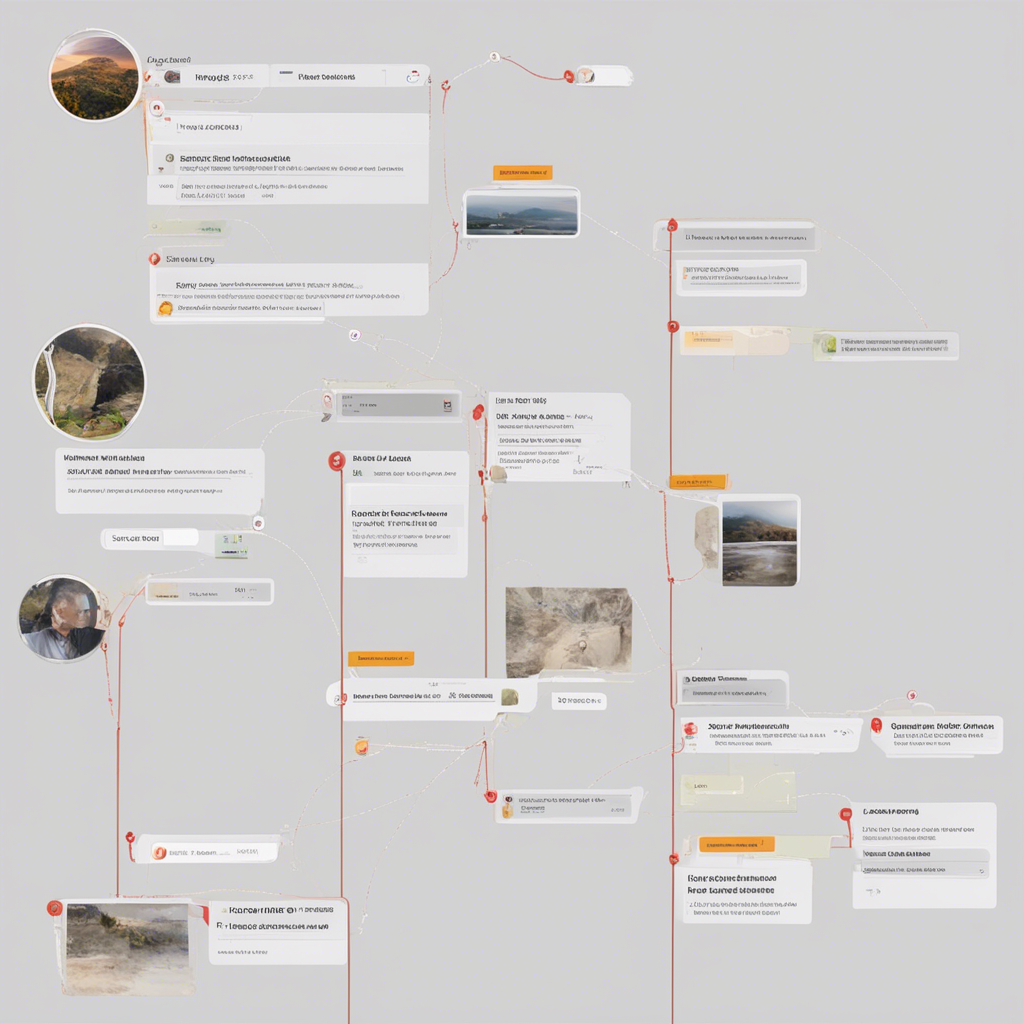
Incorporating User Feedback into Product Roadmaps: A Detailed Guide
As a product manager or team lead, one of your key responsibilities is to ensure that your product roadmap accurately reflects the needs and desires of your users. Incorporating user feedback into your product roadmap can be a highly effective way to prioritize features and enhancements that will have the greatest impact on user satisfaction and business success. In this comprehensive guide, we will explore the importance of user feedback, discuss effective strategies for capturing and analyzing feedback, and outline best practices for incorporating it into your product roadmap.
The Importance of User Feedback
User feedback serves as a valuable source of insights and guidance for product development teams. By understanding the pain points, needs, and desires of your users, you can build a product that truly aligns with their expectations. User feedback not only helps you uncover new opportunities for innovation but also enables you to identify and address any existing issues or limitations in your product.
A study conducted by Pendo.io found that companies with a strong focus on user feedback and research experienced a higher product adoption rate and lower churn rate (source). Therefore, it is essential to establish processes and strategies that allow you to effectively capture, analyze, and incorporate user feedback into your product roadmap.
Strategies for Capturing User Feedback
There are several strategies you can use to capture user feedback, including:
-
Surveys and Questionnaires: Conducting surveys and questionnaires is a popular method to gather feedback from your user base. You can create targeted surveys to collect specific insights, or use more general surveys to gauge overall satisfaction.
-
User Interviews and Focus Groups: Direct engagement with your users through interviews and focus groups can provide deeper insights into their needs and pain points. It also allows for real-time clarification and follow-up questions.
-
User Analytics: Leveraging user analytics tools, such as Google Analytics, can help you spot patterns and behaviors that indicate areas of improvement or potential pain points.
-
Customer Support and Feedback Channels: Actively monitoring customer support tickets, live chat logs, and social media channels can help you identify recurring issues or popular feature requests.
-
User Behavior Tracking: Tracking user behavior through tools like heatmaps or session recordings can reveal how users interact with your product, identify friction points, and guide your decision-making process.
-
Feedback Collection within the Product: Incorporating in-app feedback collection mechanisms, such as feedback forms or Net Promoter Score (NPS) surveys, allows users to provide feedback directly within the product.
Analyzing User Feedback
Once you have captured user feedback, it is crucial to analyze it effectively. Here are some tips for analyzing user feedback:
-
Organize and Categorize: Create a system to organize and categorize feedback based on common themes or topics. This will help you identify patterns and prioritize recurring issues.
-
Quantitative Analysis: Use data analysis techniques to quantify feedback and determine the severity or impact of specific issues. This can be done through sentiment analysis, word frequency analysis, or other quantitative methods.
-
Qualitative Analysis: Read through individual feedback responses carefully to gain a deeper understanding of the underlying user sentiments, experiences, and desires. Look for recurring keywords or phrases that highlight important themes.
-
Prioritization: Prioritize feedback based on the number of users affected, the severity of the issue, or the potential business impact of addressing it. This will help you focus on the most critical user needs and allocate resources effectively.
Incorporating User Feedback into Your Product Roadmap
Now that you have gathered and analyzed user feedback, it’s time to incorporate it into your product roadmap. Here are some best practices to keep in mind:
-
Collaboration and Communication: Involve cross-functional team members, including designers, developers, and UX researchers, in the process of incorporating user feedback. Collaboration ensures that everyone has a shared understanding of user needs and how they can be met.
-
Set Clear Goals and Objectives: Define clear goals and objectives for incorporating user feedback into your product roadmap. This will help you prioritize the right features and enhancements that align with your users’ needs and your business goals.
-
Iterative Approach: Incorporating user feedback into your product roadmap is an iterative process. Be prepared to revisit and refine your roadmap based on new insights and changing user needs.
-
Balance Short-term and Long-term Goals: While it’s important to address user feedback promptly, you should also consider the long-term vision for your product. Balance short-term fixes and enhancements with long-term strategic initiatives to ensure sustained growth and innovation.
-
Track and Measure Impact: Track the impact of each incorporated user feedback item on user satisfaction metrics, such as Net Promoter Score (NPS) or Customer Satisfaction Score (CSAT). This will help you validate the effectiveness of your decisions and continuously improve your product roadmap.
Conclusion
Incorporating user feedback into your product roadmap is crucial for building a successful product that meets your users’ needs and drives business growth. By implementing strategies to capture, analyze, and incorporate user feedback effectively, you can ensure that your product roadmap remains dynamic, customer-centric, and aligned with your business objectives.
Remember that the process of incorporating user feedback is iterative and ongoing. Continuously engaging with your users, tracking performance metrics, and adapting your roadmap will enable you to deliver a product that resonates with your target audience.
Now it’s your turn! How do you currently incorporate user feedback into your product roadmap? Share your experiences and insights in the comments below.
Sources:
- Pendo.io: The Future of Product Management






